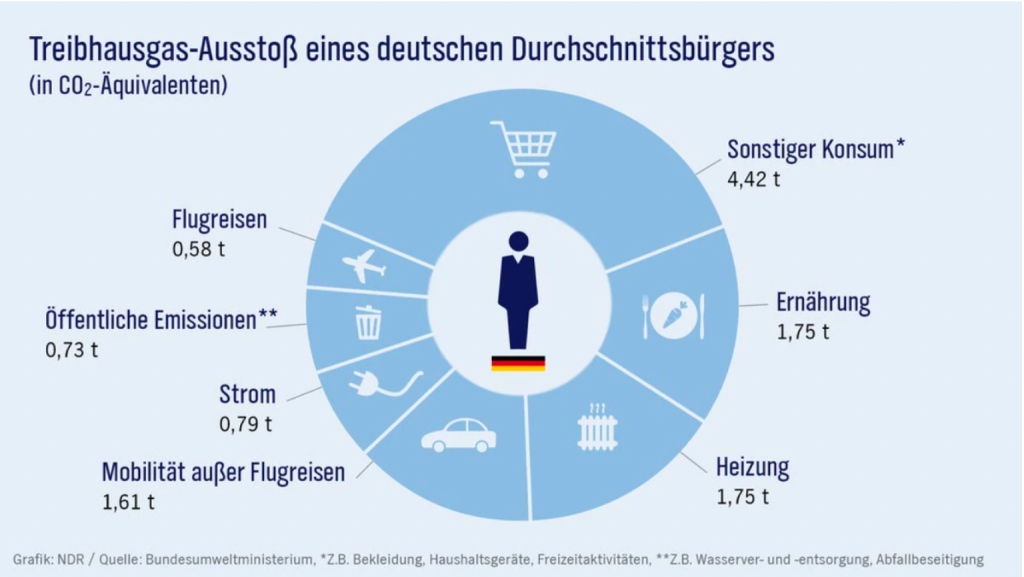Climate Detectives Projects 2022-2023
Project title: Variations in carbon dioxide levels
Team: WatLeeft
Ecole Privée Fieldgen Luxembourg Luxembourg 3 Student’s age: 16-17 years old
Is it possible to measure a long-term change in the concentration of CO2 in an urban environment?
Is it possible to detect any variations in carbon dioxide levels in an urban environment? We will therefore assess CO2 levels in different locations to
spot any significant fluctuations. Further, we aim to observe a correlation between the temperature and the CO2 levels. A measuring station ’AQP’
and possibly other instruments will provide the necessary data which is then to be evaluated.

First, the AQP station was installed on the school roof. The 28th October 2022, we did a brainstorming and we arranged a video-meeting with Mr
Conrotte.
Then, measurements were taken from 3rd December 2022 up to 10th January 2023. The data collected during that period was converted into graphics by using Python programming language inside Google Colab. Sensors showed unusually high values. The anomaly was fixed by calibrating all sensors on 2nd December 2022.
On 20th January 2023, the AQP was removed from the school’s roof in order to take measurements at other places too. Sensor problems were detected with the measurements of CO2 and other gaseous compounds. The issue could not be solved, though.
On 27th January 2023, measurements were taken in front of the school cafeteria.The measuring apparatus was connected to plugs inside the cafeteria by using extension cables, and a power bank supplied power too. A monitor and a mouse were used to view the incoming data. Unfortunately, the data from these measurements wasn’t recorded for some undetermined reason.We encountered some technical issues with the sensors of the AQP, which limited the amount of data we could collect. However, we were still able to obtain some data and decided to supplement it with online data from the Luxembourg state for comparison purposes. We plan to analyse the variables we measured and compare them to those that are available for public. To compare the data, we will use graphs. It’s important to keep in mind that comparing data from different sources can be challenging, but we believe that a systematic analysis will provide valuable insights.
Based on the recorded measurements, it is obvious that the temperature during this time period was quite low. The temperature data indicates that
the average temperature was normal for this season.

According to https://www.tagesschau.de/faktenfinder/co2-emissionen-103.html, 26% of CO2 emissions from private sources are caused by traffic. Alternatives are bicycles, scooters and public transport. Consumption and the associated agriculture should also be reduced, as the production and transport of goods emits exhaust gases. The culprits are industries that use combustible fossil fuels as an energy source and livestock that emit methane and CO2. However, through our encouraged consumption, the production, and therefore the emissions, are increased. That’s why we should not buy too much clothing, for example, but go for second hand. You don’t have to change every mobile phone, as this involves a huge effort in terms of both transport and production. Finally, we should consume less meat to reduce livestock farming, and buy seasonally and locally to prevent the import and export of food. Another problem is energy consumption. In Germany, for example, the energy sector is responsible for 37.8% of all carbon emissions. So, it is the biggest problem. Unfortunately, most of the electricity does not come
from renewable resources but from burning fossil fuels. However, heating with fuels such as oil and natural gas also emits carbon dioxide. However, one may reduce consumption by, for example, not leaving the lights on unnecessarily for long periods of time, switching off the heating when the windows are open, unplugging the charging cable after charging, etc. An efficient means
of reducing CO2 levels in a city consists in giving nature more space. Since an
average tree can bind about 10 kg of CO2 per year through photosynthesis, we should plant more trees. Henceforth
a city not only looks nice but also gets a filter system for the air. Further, one may use the search engines Lilo and Ecosia. Lilo collects money for
sustainable projects and compensates carbon emissions, while Ecosia plants trees. Provided we change this, we are a big step ahead.
Projects are created by the teams and they take the full responsibility of the shared data.
← All projects




